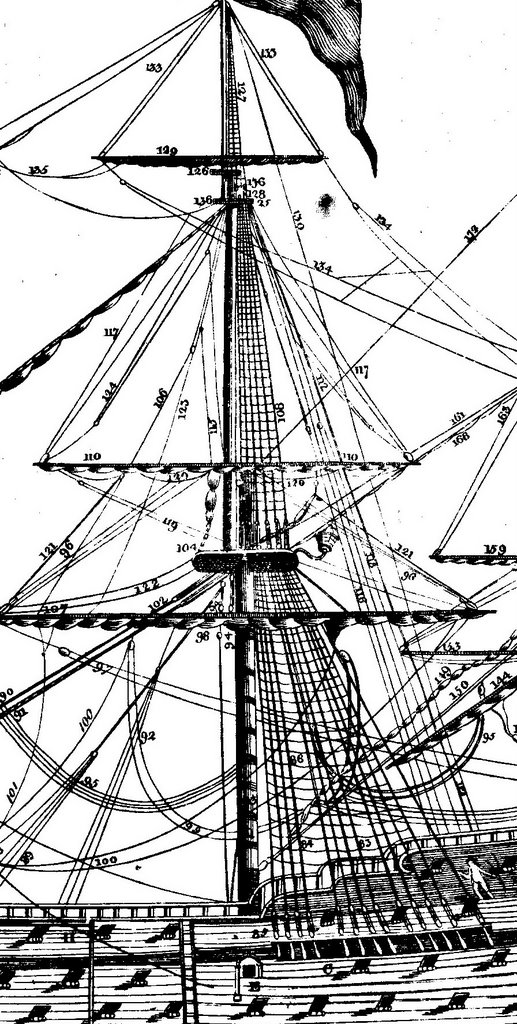
to pull the clews up onto the upper yard or the mast in preparation for furling the sail). These lines and tackles are used to ‘clew up’ the ‘courses’ of a square sail (i.e. 'Clew lines' are ropes attached to the clews, and 'clewgarnets' or 'cluegarnets' are the tackles attached to clew lines. I had to do some research just to understand what these lines were for. Square Viking sails included a stiffening bar called a beitass. I’ve never even heard of a clew line before, so it is safe to say I was clewless. The Dutchman guides the sail all the way down and keeps it out of the way. The main problem in reefing on a bigger boat is that the sail piles up and slops over one side of the boom. Square sails also have tacks and sheets, although they are not a part of the sail itself. As the main comes down, the sail stays in line. Raise and lower lights, scenery battens, curtains, screens, and other multi-line loads with ease.
#CLEW LINES MANUAL#
Square sails have sheets attached to their clews like triangular sails, but the sheets are used to pull the sail down to the yard below rather than to adjust the angle it makes with the wind. Add extra handling power to your stage crew with a manual or powered clew winch. Clew Like a triangular sail, the "free" corners of a square sail are called clews again there are two of them. Occasionally, when the ship is close-hauled, the windward edge of the sail might be referred to as the luff. Since square sails are symmetrical, they have two leeches. To do this, you will want to use the larger diameter lines. On a square sail, however, this part is an edge rather than a corner. Begin with tying the line at the three corners, clew, tack and throat starting from the clew. Those used for the courses are often in the form. Head As for a triangular sail, this refers to the topmost part. The lines or tackles used in square-rigged ships to haul the clews of the square sails up to their yards.
Foot lines run along the foot of the sail between the.

Tensioning this line reduces flutter in the trailing edge of the sail and improves sail shape. This line can be usually be adjusted using cleats, or Velcro tabs at the clew or intermediately at reefs. The lower aft corner of a fore-and-aft sail. A leech line is attached at the head of your sail and runs down to just above the clew. One of the two lower corners of a square sail. I understand that two line reefing has the advantage that one can adjust tack and clew tension independently. clews The cords by which a hammock is suspended. All systems use a block or cringle to build a pulley for the clew line. Many of the same names are used for parts of a quadrilateral square rigged sail. Greek Mythology The ball of thread used by Theseus to find his way out of the labyrinth.


 0 kommentar(er)
0 kommentar(er)
